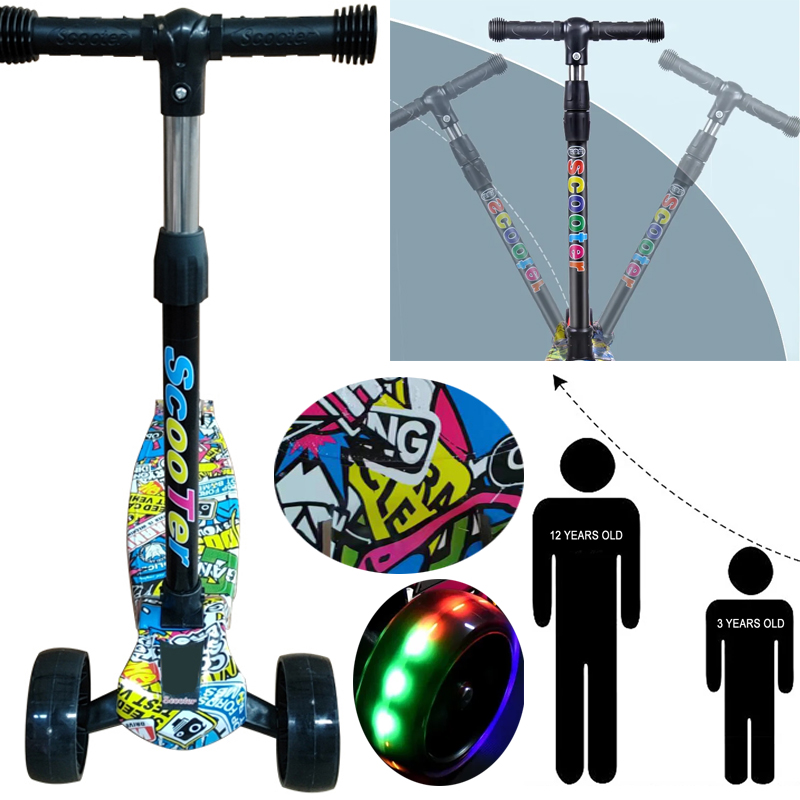The Age of Electric Scooters Revolutionizing Urban Transportation
In recent years, electric scooters have surged in popularity, quickly becoming a familiar sight in urban landscapes across the globe. This shift in transportation has been fueled by various factors including environmental awareness, the modern need for efficient urban mobility, and technological advancements. As we explore the fascinating evolution and the age of electric scooters, it is important to understand their significance, benefits, challenges, and the future they promise.
A New Urban Mobility Solution
As cities grow and populations expand, the challenges associated with urban transportation become increasingly pressing. Traffic congestion, pollution, and limited parking spaces all pose significant hurdles for city dwellers. Electric scooters offer a viable solution to many of these issues. They provide a compact, fast, and eco-friendly alternative for short to medium distance travel, catering to individuals who may struggle with the limitations of public transport or driving.
Electric scooters are lightweight and easy to maneuver, making them an ideal choice for navigating crowded streets. With an average speed of 15-20 mph, they allow users to reach their destinations more quickly than walking or waiting for transit options. This enhanced efficiency is particularly appealing to commuters who want to avoid the hassle of traffic jams and unreliable public transport schedules.
Environmental Benefits
The environmental impact of traditional vehicles has raised alarms globally. Carbon emissions from fossil-fuel-powered vehicles contribute significantly to air pollution and climate change. Electric scooters, powered by rechargeable batteries, present a sustainable alternative, producing zero emissions at the point of use. Although the manufacturing process of these scooters does involve some environmental costs, the overall reduction in carbon footprint when adopted en masse is substantial.
Using electric scooters can significantly reduce reliance on cars for short trips, which are often the most polluting. Furthermore, promoting such electric vehicles encourages a culture of sustainability, pushing more individuals toward considering eco-friendly choices in their daily lives.
Accessibility and Affordability
Another key advantage of electric scooters lies in their accessibility. Many e-scooter programs allow users to pick up and drop off scooters at various locations, making them easily available for spontaneous trips. This flexibility helps bridge the gaps in public transportation systems, especially in areas underserved by conventional transport.
age 8 electric scooter

Moreover, electric scooters are generally more affordable than owning and maintaining a car, making them an attractive choice for students and young professionals. Various rental apps and subscription models have emerged, enabling users to pay only for the time they use the scooters, thus eliminating the burdens of ownership.
Challenges Ahead
Despite the myriad advantages electric scooters bring, there are challenges that cannot be overlooked. The rapid proliferation of scooters has led to safety concerns, with some cities reporting increased injuries among riders and pedestrians. As scooters often share crowded streets with cars and foot traffic, the potential for accidents exists, prompting calls for better regulation and infrastructure.
Moreover, the issue of scooter clutter has emerged, with abandoned scooters sometimes obstructing sidewalks and causing inconvenience to pedestrians. City officials are beginning to implement regulations to manage scooter distribution better, enforce proper parking, and ensure safer riding practices.
The Future of Electric Scooters
As we move further into the age of electric scooters, innovation is likely to play a crucial role in overcoming current challenges. Advancements in battery technology and charging infrastructure will enhance the efficiency and sustainability of electric scooters. Additionally, integrating scooters into existing public transportation systems can create a cohesive mobility ecosystem, simplifying urban travel for all.
Moreover, encouraging cities to adapt their infrastructure to accommodate electric scooters – such as dedicated bike lanes and increased signage – can significantly improve safety for both riders and pedestrians. Public education campaigns on safe riding practices may further alleviate many of the concerns associated with e-scooter use.
Conclusion
The rise of electric scooters marks a pivotal moment in urban transportation history. They offer a sustainable, efficient, and accessible mobility solution that aligns with the needs of modern society while addressing critical environmental concerns. As cities navigate the complexities of this new form of transport, the focus must be on fostering safe, responsible usage and ensuring that electric scooters enhance, rather than hinder, the urban experience. Looking ahead, it is clear that electric scooters are here to stay, and their role in reshaping urban transport will only continue to grow.
-

 Scoot&RideKids Child Kick Push Scooter 3 Wheels with LED Flashing Tilt Lean Boys Girls Scooter
Scoot&RideKids Child Kick Push Scooter 3 Wheels with LED Flashing Tilt Lean Boys Girls Scooter




- 4
$33.17 -

 Scoot&RideKids Scooter Child Kick Flashing LED Light Up 3 Wheel Push Adjustable Folding 3
Scoot&RideKids Scooter Child Kick Flashing LED Light Up 3 Wheel Push Adjustable Folding 3- 0
$25.52 -

 Scoot&RideKids Scooter Child Kick Flashing LED Light Up 3 Wheel Push Adjustable Folding 2
Scoot&RideKids Scooter Child Kick Flashing LED Light Up 3 Wheel Push Adjustable Folding 2- 0
$33.17 -

 Scoot&RideKids Scooter Teens Foldable Kick Push Scooter Adjustable Height Safe 2 Wheels
Scoot&RideKids Scooter Teens Foldable Kick Push Scooter Adjustable Height Safe 2 Wheels




- 4
$49.99
Meet our partners and discover what powers their creativity!
When you register for a Lohas scooter, you will receive a 10% discount on your first order and can be notified of sales, new product launches and other offers in advance.









